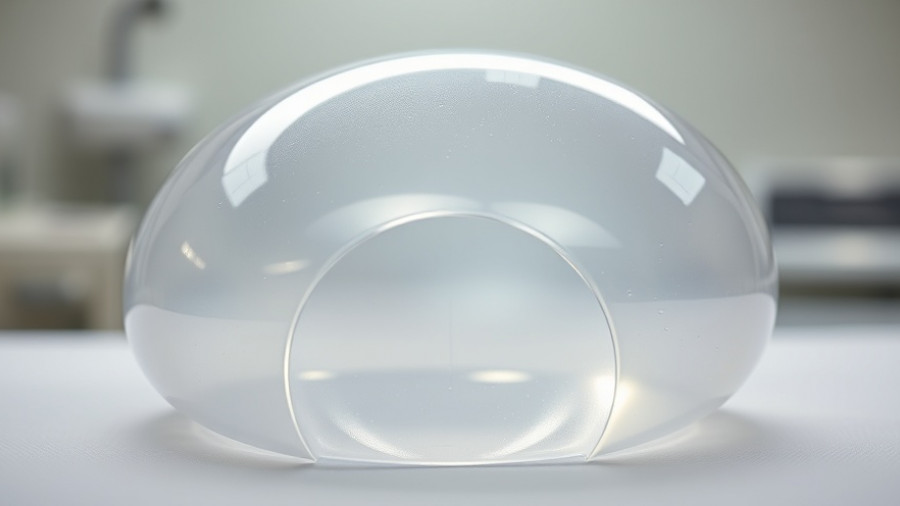
Alarming Gaps in Medical Spa Oversight Uncovered
A recent study published in Dermatologic Surgery has raised eyebrows within the medical community, finding a severe lack of physician oversight in Missouri's medical spas. The research revealed that, while nearly 95% of these spas claimed to have a physician affiliation, only 22.5% had an actual physician on-site during procedures. This absence of qualified supervision raises significant patient safety concerns, as the majority of cosmetic treatments—including popular procedures like Botox and dermal fillers—are conducted by non-physician staff, most of whom lack formal medical training.
The Need for Regulatory Oversight
The findings echo a growing call for legislative action. The American Society for Dermatologic Surgery Association (ASDSA) has voiced its concerns and is advocating for the Medical Spa Safety Act, which aims to standardize training and supervision requirements across the industry. As the medspa sector continues to expand—projected to reach nearly $50 billion by 2030—the need for clear regulations becomes increasingly crucial. Without proper oversight, patients could unknowingly be putting themselves at risk for complications from procedures administered by inadequately trained personnel.
Consequences of Unregulated Procedures
According to ASDSA President Dr. M. Laurin Council, “Patient safety must be the priority.” This statement underscores the potential dangers patients face when treated in facilities lacking stringent oversight. A previous study highlighted similar issues on a national scale, showing that 73% of injectable treatments were performed by non-physicians, with only 38.1% of facilities having a supervising doctor present. This inconsistency leads to significant disparities in care and a heightened risk of complications, underscoring the urgency for reform.
A Call for Transparency and Education
The lack of transparency among medical spas further complicates the issue. Many facilities could not confirm whether they stocked emergency medications necessary for mitigating complications. Patients are often left in the dark about who administers their treatments. ASDSA recommends that clear communication about the qualifications of treatment providers be mandated, alongside legislative support for medical oversight.
Examining the Industry Landscape
The medspa industry is evolving, driven by increasing demand for aesthetic treatments. However, the disparity in training and supervision among providers highlights a critical gap that prospective patients need to be aware of. Patients are encouraged to seek services from medically supervised environments, particularly those led by board-certified dermatologists and with clear protocols for handling emergencies.
Diverse Perspectives on Medspa Reform
Some industry professionals argue that regulations could stifle growth and accessibility within the medspa sector. As the demand for non-invasive cosmetic procedures continues to rise, striking a balance between patient safety and industry expansion is critical. Navigation through this legislative landscape requires input from both medical professionals and industry stakeholders to ensure that accountability does not hinder patient access to care.
Implications for Patients and Providers
For patients, the implications of these findings are clear: thorough research into the medical spa's practices is essential. Potential clients should inquire about the presence of a physician during procedures, the qualifications of the providers, and the establishment’s compliance with emergency protocols. Medical spas, in turn, should prioritize establishing clear standards and transparent practices to build trust with consumers.
What Next Steps Should Be Taken?
In light of these significant findings, ASDSA's advocacy for the Medical Spa Safety Act represents a proactive approach to ensuring patient safety. This legislation aims to enforce consistent safety protocols, urging states to adopt measures that include direct supervision by qualified physicians and mandated training for non-physician staff.
As the landscape of cosmetic procedures continues to evolve, both patients and providers must engage in proactive conversations about safety and standards. Ensuring patient safety should remain paramount as the industry grows.
 Add Row
Add Row  Add
Add 




Write A Comment